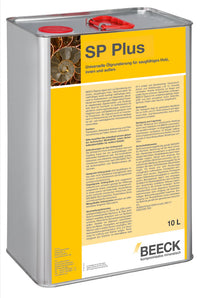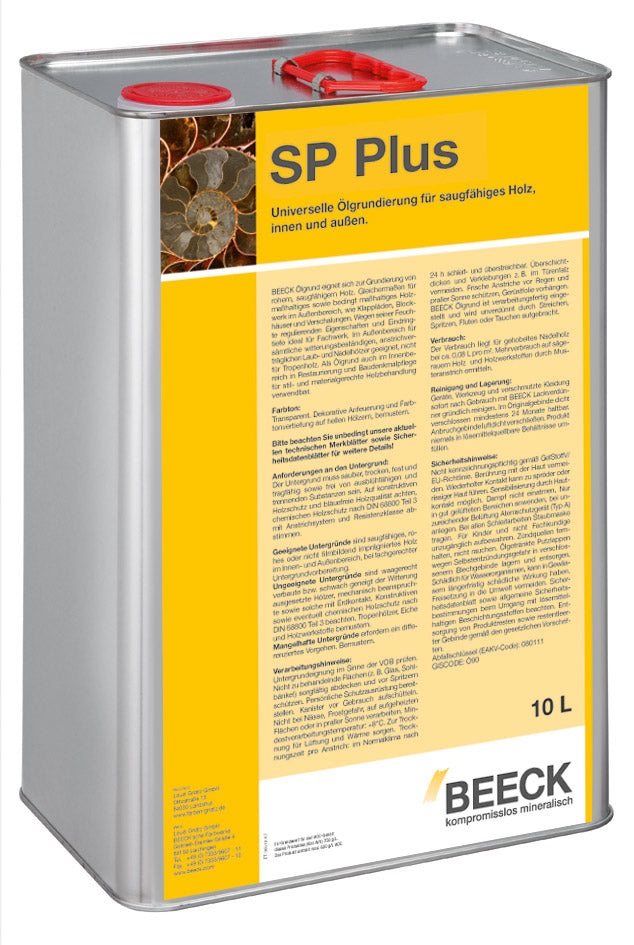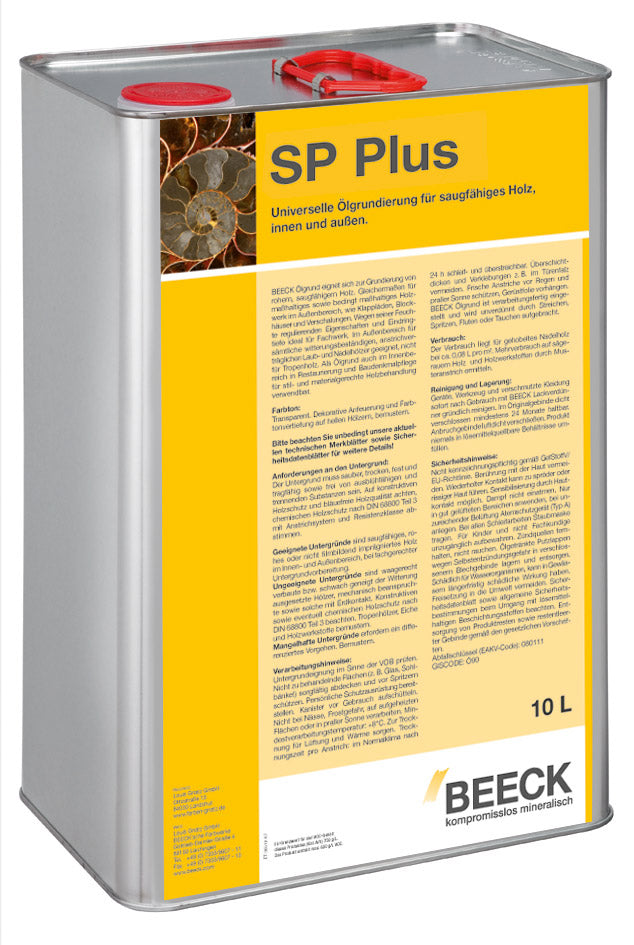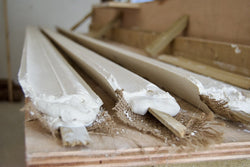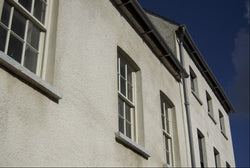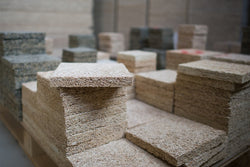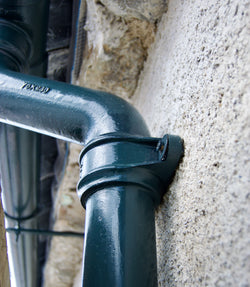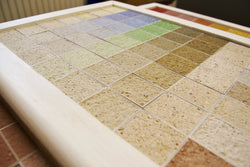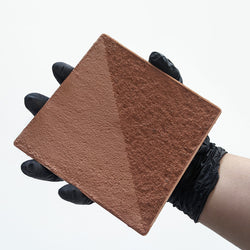Beeck SP Plus is a colourless, deep-penetrating hydrophobic treatment for external mineral surfaces, including lime render, cement render, porous brick, and natural stone. Widely used across the UK and Europe, it protects against capillary water absorption from rain, spray, or ambient humidity—without sealing the surface or compromising vapour permeability, making it ideal for solid-walled and heritage buildings.
This advanced formulation lines the substrate's pores to induce long-lasting water repellency, allowing moisture to shed off the surface while preserving the breathability essential to building health.
✔️ Breathable & Vapour-Open: No surface film, ideal for conservation projects
✔️ Colourless & Transparent: Maintains natural surface appearance
✔️ Alkaline-Resistant: Perfect for lime or cement-based substrates
✔️ Protects Against: Moisture ingress, algae growth, salt migration, material corrosion, and staining
✔️ Improves Thermal Performance: By keeping walls dry and reducing moisture-related conductivity
✔️ Ideal For: Lime render, cement render, porous bricks, natural stone, and Beeck ASF® silicate systems
✔️ Available Sizes: 5L and 10L
Application Guidance
-
Ensure the background surface is stable, clean, free of debris, and fully dry before application.
-
Substrate preparation and application method may vary—read all technical documentation before use.
-
On bare lime or cement renders, apply Beeck Etching Fluid first to improve chemical bonding by removing surface laitance or excess binder.
Coverage varies depending on the substrate's porosity and method of application. Estimate 0.25–0.8 L/m², with a standard guideline of 0.5 L/m². Always apply a test area to determine site-specific consumption.
Once applied, protect treated areas from rain, frost, and damp using appropriate sheeting for a minimum of 24 hours.
Do not apply:
-
Below 3°C or above 25°C
-
In frost, wet conditions, or direct blazing sun
Over time, water repellency may diminish due to weathering and contaminant build-up. A reapplication after approximately 15 years may be necessary, although this may vary depending on environmental exposure.
